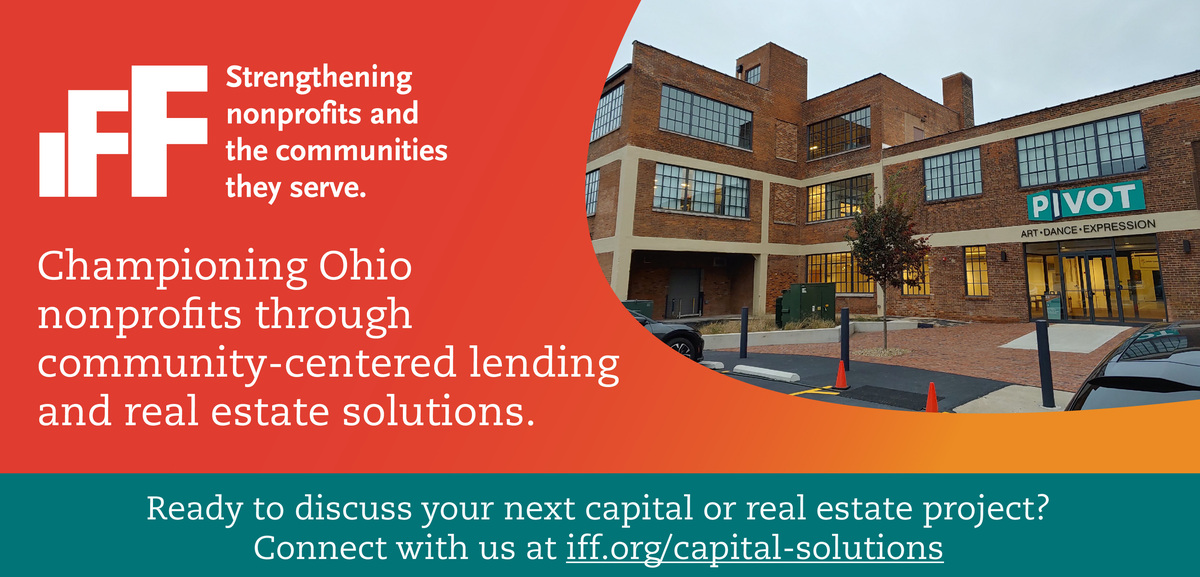GC Nonprofit News Feature Article, 2/22/2024
Shared Strategies, Shared Success: How To Maximize Your Partnership With Development
Andrew Polter, CFRE
As an Executive Director, your daily responsibilities often involve a balancing act of managing board expectations and addressing daily operational tasks. Amidst the pressing demands of these duties, it can be easy to prioritize immediate objectives and overlook the ever-critical goal of providing sustainability for the future of your organization. In this article, we will discuss the importance of development offices and ensure you know how to effectively collaborate with these critical partners.
Understanding Development’s Role
Development is often seen as the solution to obtaining organizational sustainability. However, it frequently remains relegated to the sidelines, with the expectation that donations will materialize without active leadership involvement.
When executed effectively, development offices serve a critical role and provide a bridge between your organization’s vision and a tangible call to action for others to support. Typically, they will be members of the Association of Fundraising Professionals, engaging in continuous learning to stay at the forefront of donor engagement, relationship management, grant writing, and efficient gift processing. More robust departments may include additional roles; however, their consistent mission is to meaningfully engage your organization’s current and prospective donors.
Active Participation: A Key to Success
Maintaining a monthly meeting with your development team is critical. During these, spend time shaping a vision around your organization’s present and future aspirations. Consider what your organization can look like over the next 5, 10, or even 50 years. Development professionals can help refine this vision and translate it in a way that resonates with philanthropic investors. Regularly nurture this partnership to foster a shared language and agreed-upon approaches to fundraising.
Ensuring a Seat at the Leadership Table
Given their organizational impact and frequent interactions with donors, development leaders should be included in your decision-making processes. For instance, when producing your organization’s community report, ensure that your development leader is present to provide the perspective of your constituents. They will be able to advise on what will resonate with your community of supporters and create a strategic approach that aims to provide a return on your investment.
Digging In, Together
A common worry for leaders is that they will need to make uncomfortable solicitations. While it is necessary to frequently advocate for your mission, you will never need to compromise boundaries or bear the sole responsibility of making asks. Instead, collaborate with your development team and empower them with the necessary support to fluently convey your mission. With a collaborative approach, you will be able to dream up incredible opportunities for your organization and devise strategies to make them a reality. Lean into this work and enjoy the power that philanthropy can have on your organization.

.png)











